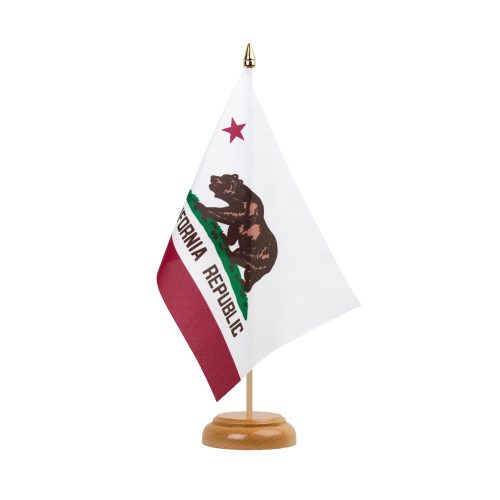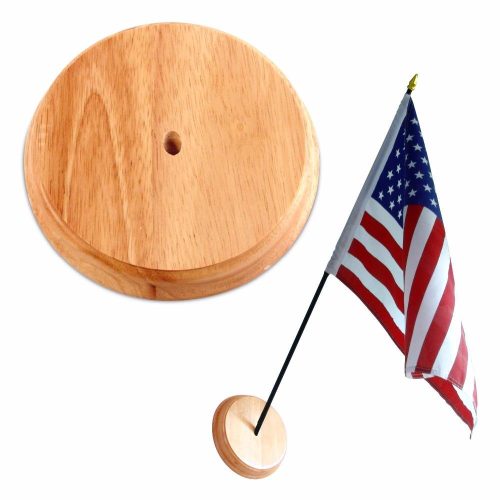Flags play an important role in sports and athletics, serving as a symbol of national pride and identity, as well as a means of recognizing and honoring the achievements of athletes and teams. Here are some examples of the role of flags in sports and athletics:
- National Flags: National flags are commonly used to represent teams or individual athletes from a particular country in international competitions such as the Olympics or World Cup. Athletes often carry their country’s flag during opening and closing ceremonies, and national flags are also displayed during medal ceremonies to recognize the achievements of athletes from different countries.
- Sporting Organizations: Flags are also used by sporting organizations to represent their brand and identity. For example, the flag of the International Olympic Committee (IOC) features five interlocking rings representing the five continents of the world and is a powerful symbol of the Olympic movement.
- Fan Culture: Fans often use flags to show their support for a particular team or athlete. For example, soccer fans commonly wave flags bearing their team’s crest or national flag during matches to show their loyalty and pride.
- Venue Decoration: Flags are also commonly used to decorate sporting venues and create a festive atmosphere for fans and athletes. For example, during the World Cup, host cities often adorn their streets and buildings with flags of participating countries to create a welcoming atmosphere for fans from around the world.
- Sports Diplomacy: Flags can also serve as a means of promoting diplomacy and goodwill between nations. For example, during the 2018 Winter Olympics in Pyeongchang, North and South Korea marched under a unified flag during the opening ceremony, a symbol of their efforts towards reconciliation.
Overall, flags play an important role in sports and athletics, representing national pride and identity, promoting fan culture, and creating a festive atmosphere for fans and athletes alike.


